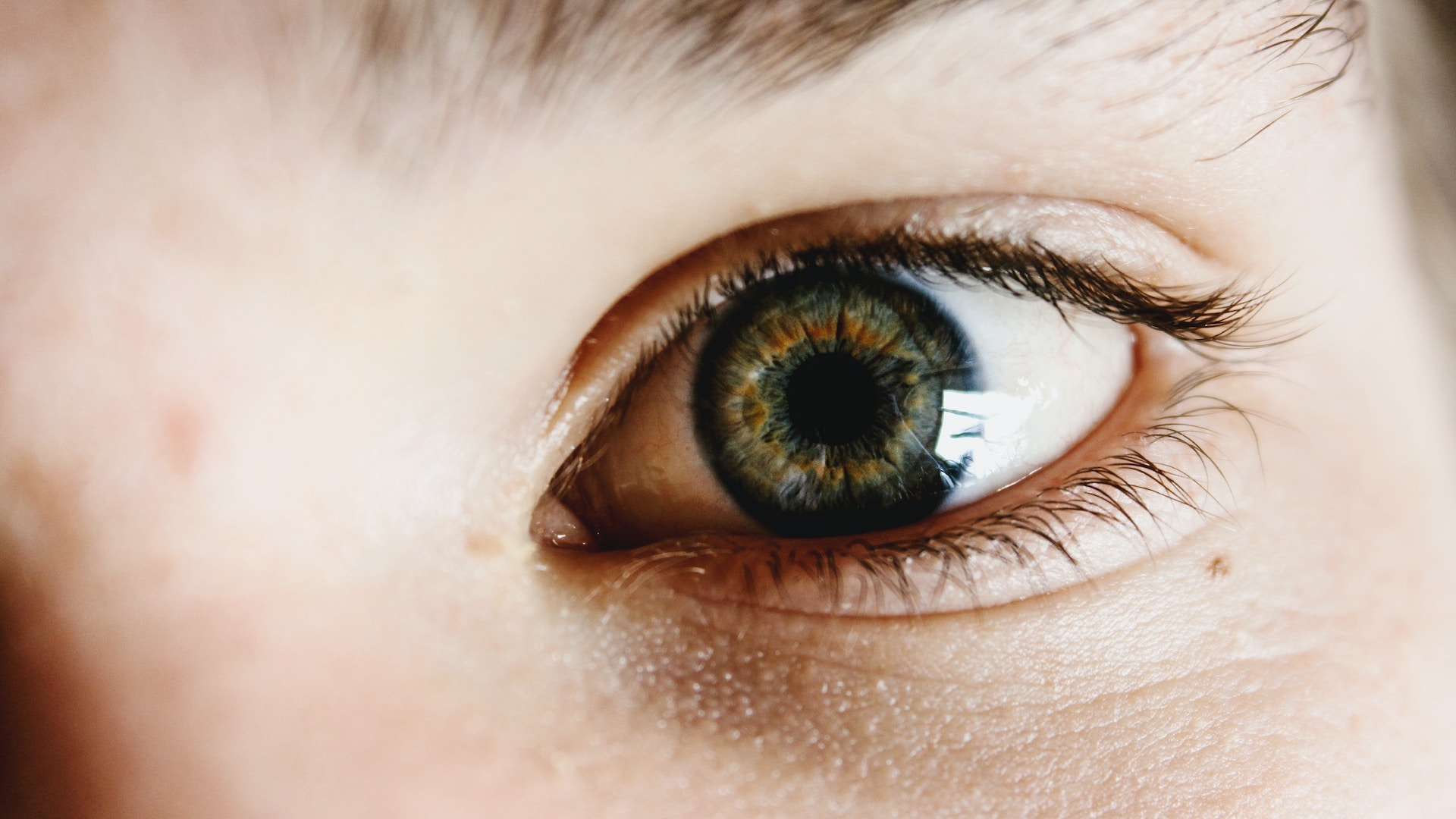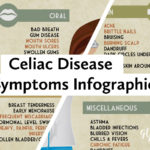Coeliac disease is a chronic digestive and immune disorder that affects the small intestine. Over 1 in 133 Americans have it, which is around 1% of the total population. After consuming gluten, people diagnosed with coeliac disease often experience digestive problems, such as abdominal pain, constipation, and diarrhea.
Yet unexpectedly, individuals with coeliac disease are also at higher risk of developing certain eye conditions. This can be due to malnutrition or issues regarding immune system dysfunction. If left unaddressed, these could worsen and lead to vision loss. With that said, here are the eye conditions you may experience and how you can treat them:
Eye Conditions Related to Coeliac Disease
Dry Eyes
Since coeliac disease impacts the digestive system and makes it absorb vitamins and minerals less effectively, it’s commonly associated with nutritional deficiencies. One common vitamin you may go without if you have coeliac disease is Vitamin A, which is essential for lubricating the eyes. Without enough of it, you may experience blurry vision, light sensitivity, and—in severe cases—blindness.
Retinopathy
Retinopathy is a disease also caused by Vitamin A deficiency. It damages small retinal blood vessels, causing them to leak blood and other fluids and leading to the swelling of the retinal tissue. Since the retina is responsible for transmitting visual cues to your brain for interpretation, retinopathy can cause blurred vision.
Cataracts
Cataracts are cloudy areas that form in the eye’s lens, making one’s vision blurry, hazy, or even less colorful. Though also caused by nutritional deficiencies, it mainly stems from the lack of vitamin D. Strict gluten-free diets can prevent you from consuming foods rich in vitamin D, like glutinous rice. Moreover, you might experience fat malabsorption that prevents the absorption of the fat-soluble vitamin D. Though cataracts can be surgically removed, they can lead to vision loss if left untreated.






